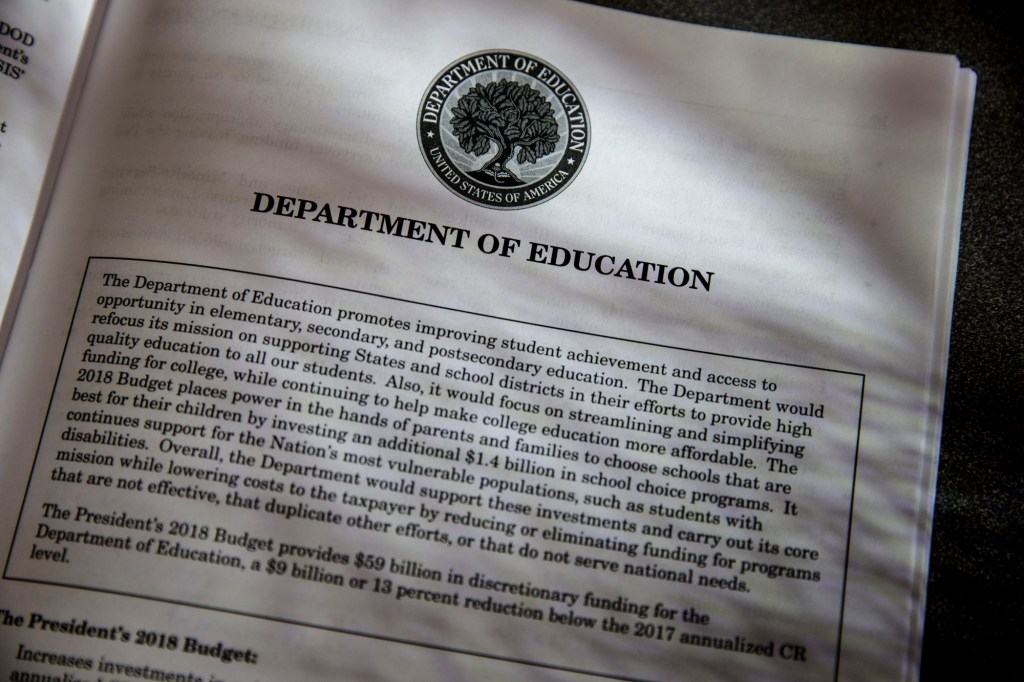
In 1976 the National Education Association gave its first-ever presidential endorsement to Jimmy Carter, who died last month, in return for his promise to create a new Department of Education. He won and kept his promise. The NEA’s state affiliate is the California Teachers Association.
President Donald Trump now is seeking to fulfill his own campaign pledge to reverse Carter’s action. Only Congress actually can abolish the DOE. But the Washington Post reported the new president will issue an executive order preparing the way to expel it from class. In the meantime, he will be “dismantling it from within.” About 20 members of Elon Musk’s Department of Government Efficiency are “looking to cut spending and staff.”
What of our state? According to a November PPIC study, $31 billion in one-time federal aid to California public schools to deal with the COVID-19 pandemic expired last fall. Before then, the federal share of public-school spending was from 6% to 9% of all spending, a portion likely to resume this year. In any case, money isn’t the problem. Gov. Gavin Newsom’s budget proposal for fiscal year 2025-26 allocates $24,764 per pupil, or $742,920 for a class of 30.
Despite its relatively small role in the funding, “the federal government plays an outsized role in America’s classrooms and uses the power of the purse to dictate K-12 policy,” Aaron Garth Smith told us; he’s the director of education reform at the Los Angeles-based Reason Foundation. He pointed to such federal initiatives as President George W. Bush’s No Child Left Behind and President Barack Obama’s Race to the Top.
He said abolishing the DOE wouldn’t get the feds entirely out of your local school. Funding from the Elementary and Secondary Act, the Individuals with Disabilities in Education Act and other programs would continue because they are codified in law. “Instead, many of the DOE’s existing functions (and funding) would move to other agencies. This is why the hysterics from opponents are overblown.”
He said a better approach would be for Congress to send the money to the states as block grants, “freeing them of burdensome red tape to potentially use the money on things like school choice.” He added one good role the feds currently play is collecting data on student achievement at the National Center for Education Statistics.
The NCES’s latest National Assessment of Educational Progress, released Jan. 29, found last year nationally the average reading score for 8th graders dropped 2 points from 2022 and 5 points from pre-pandemic 2019. Only 29% of 8th-graders scored at or above “proficient.” California’s 8th graders dropped even lower, to 2 points below the national average in 2024
That’s not acceptable. All the federal meddling has produced no improvements. It’s time to remove all control of schools from bureaucrats in distant Washington, D.C. and give it back to the states, local school boards and parents. And, yes, abolish the Department of Education.



